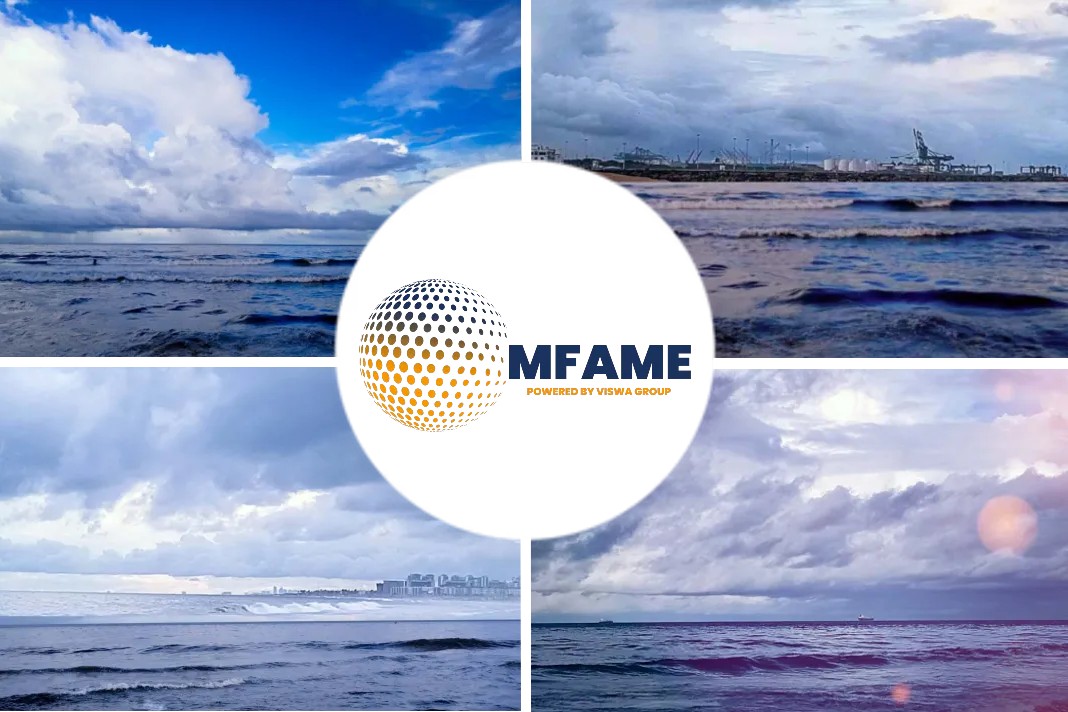Reduced fuel usage and the use of low-carbon fuels are the two most efficient strategies to achieve decarbonization, which is the reduction of greenhouse gas emissions. The Wärtsilä 46TS-DF is jam-packed with features that promote decarbonization and provide numerous additional advantages.
Here are five innovations in Wärtsilä 46TS-DF that help saves fuel and cut emissions:
1. Better performance from the two-stage turbocharging system
The engine’s two-stage turbocharger is a key component. For a large-bore, medium-speed engine, a turbocharger is nothing new; it’s what maximizes power while minimizing fuel use and emissions. But in terms of enhancing performance, single-stage turbochargers have practically reached their limit. Wärtsilä has increased engine performance to new heights by including both a low-pressure and a high-pressure turbocharger, reducing fuel consumption and consequently emissions.
2. Improved efficiency with electronically controlled fuel injection
The Wärtsilä 46TS-DF has a fully electronic fuel injection system, controlled cylinder by cylinder. This means that from start-up to shut-down, diesel operations are smoke-free. It’s also highly efficient at partial loads and smoke-free at heavy loads.
3. Lower fuel consumption thanks to valve innovations
A reciprocating engine’s performance is greatly influenced by the timing of its valves, but different loads require varying amounts of air intake. Because of this, the Wärtsilä 46TS-DF incorporates Variable Inlet Valve Closing (VIC), which allows the timing to be adjusted in accordance with the load. A variable exhaust valve improves performance even more. Both of the advances aid in lowering the ship’s fuel usage and, naturally, emissions.
4. Reduced emissions through automation control
Even the most innovative engine in the world won’t perform as expected without proper automation control. The Wärtsilä 46TS-DF uses Wärtsilä’s automation system, which monitors and optimizes every cylinder cycle in real-time to get the best out of the engine.
5. Easier future-fuel upgrades with modular design
Another important way the Wärtsilä 46TS-DF promotes decarbonization is its modular design, which means every part of the engine is a module that can be replaced as needed. This approach also makes it more cost-effective and straightforward to upgrade to run on carbon-neutral fuels like green methanol in the future.
What does it take to build the most efficient engine possible?
“Our target was to raise the bar in terms of performance in order to help our customers achieve the highest possible efficiency and the lowest operational costs and emissions,” says Federico Bottos, Product Manager, Large Bore Marine Engines at Wärtsilä.
“This meant completely redesigning the engine to introduce new technology and create a modular design.”
The design process began in 2016, and by 2017 the first demo engine was in the lab with new technologies integrated to boost performance and reduce emissions.
The engine will be installed onboard its new vessel, Utopia of the Seas.
“The Wärtsilä 46TS-DF can reach 52% efficiency, which is the highest on the market for an engine of this size,” says Bottos.
Did you subscribe to our newsletter?
It’s free! Click here to subscribe!
Source: Wärtsilä



















